The majestic presence of eagles evokes awe and wonder, leading many to dream of having these magnificent birds visit their bird feeders. However, attracting eagles to a bird feeder requires careful consideration, as eagles are apex predators with specific ecological needs.
Unlike smaller birds, eagles primarily feed on live prey like fish and mammals. Attempting to attract eagles to bird feeders must be approached responsibly, considering the eagles’ natural behavior, conservation status, and the safety of other wildlife.
Understanding how do I get an eagle to my bird feeder mimics their hunting grounds can increase the chances of spotting them, but it’s important to prioritize their well-being and conservation while attempting such an endeavor.
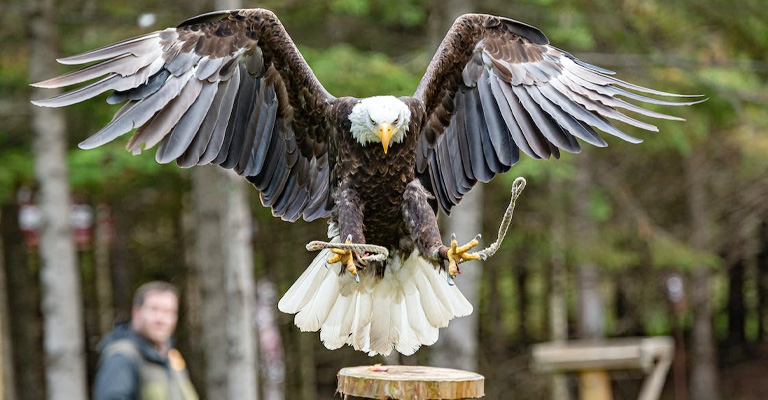
How Do I Get An Eagle To My Bird Feeder?
Getting an eagle to your bird feeder can be a challenging but rewarding task. Eagles are majestic and powerful birds of prey that usually hunt for their own food, such as fish, rodents, or other birds.
However, there are some ways you can attract them to your yard and offer them a meal from your bird feeder.
Here are some ways to do that:
Provide Food
Eagles are carnivorous and prefer meat over seeds or fruits. You can try placing pieces of meat, suet, or a dead fish on a tree branch, bird feeder, or platform to attract eagles.
You can also install bird feeders containing seeds, nuts, and fruits that attract small birds or rodents and provide an easy meal for eagles. The presence of small animals will eventually attract eagles since they’re their favorite prey.
Place Your Bird Feeder Near A Water Source
Eagles are fish-eaters and will often visit the bird feeders near water sources in your yard. If you have a pond, lake, river, or stream nearby, you can stock it with fish or place a fish feeder in it to lure eagles.
You can also use a fountain or a birdbath to provide water for eagles and other birds.
Choose A Large And Sturdy Bird Feeder
Eagles are massive birds that need enough space to land and take off comfortably. They also have strong talons and beaks that can damage flimsy or small bird feeders.
Choose a bird feeder that is large enough to accommodate an eagle and made from durable materials, such as metal or thick plastic.
Place Your Bird Feeder In An Open And High Location
Eagles like to have a clear view of their surroundings and potential threats. They also like to perch in high places where they can spot their prey easily.
Place your bird feeder in an open area where eagles can see it from afar and where there are no obstacles or predators nearby. You can also place your bird feeder on a tall pole, tree, or roof to make it more visible and accessible for eagles.
Keep Your Bird Feeder Clean And Fresh
Eagles are smart and cautious birds that will avoid spoiled or contaminated food. Make sure you change the food in your bird feeder regularly and remove any rotten or moldy food.
You should also clean your bird feeder with hot water and soap every few weeks to prevent bacteria or parasites from growing on it.
Avoid Using Chemicals Or Pesticides In Your Yard
Eagles are sensitive to toxins and pollutants that can harm their health or affect their reproduction.
Avoid using chemicals or pesticides in your yard that can contaminate the food or water sources for eagles and other birds. You should also avoid feeding eagles any food that has been treated with chemicals or pesticides.
Provide Shelter And Nesting Sites For Eagles
Eagles need a safe and comfortable place to rest and breed. You can provide shelter and nesting sites for eagles by planting trees or shrubs that offer cover and protection from predators and weather.
You can also build or install nesting platforms or boxes that are suitable for the size and shape of the eagles you want to attract.
Respect And Protect The Eagles
Eagles are wild animals that have their own needs and preferences. They may not always behave as you expect or want them to. Be patient and respectful of their nature and enjoy their presence as a part of the natural world.
Do not disturb, harass, or harm the eagles or their nests. Do not feed them by hand or try to touch them. Do not use flash photography or loud noises that may scare them away. Follow the local laws and regulations regarding eagle conservation and protection.
Learn More About Eagles
Eagles are fascinating and complex creatures that have a lot to teach us about ourselves and the world around us. Learn more about their behavior, ecology, history, and culture by reading books, articles, or websites about them.
You can also join local groups or organizations that support eagle conservation and education. The more you know about eagles, the more you will appreciate and enjoy them.
These are some of the ways you can get an eagle to your bird feeder.
What Do Eagles Eat?
Eagles are powerful and majestic birds of prey that eat a variety of food, depending on the species and the region they live in.
Here are some examples of what eagles eat:
Fish
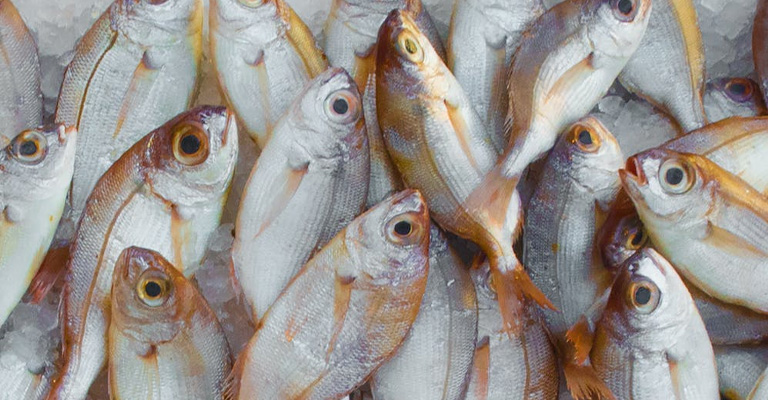
Fish are a major food source for many eagles, especially those that live near bodies of water, such as the bald eagle and the African fish eagle.
Eagles have excellent eyesight and can spot fish in the water from high above. They swoop down and snatch the fish with their sharp talons, sometimes killing it instantly or eating it alive.
Rodents
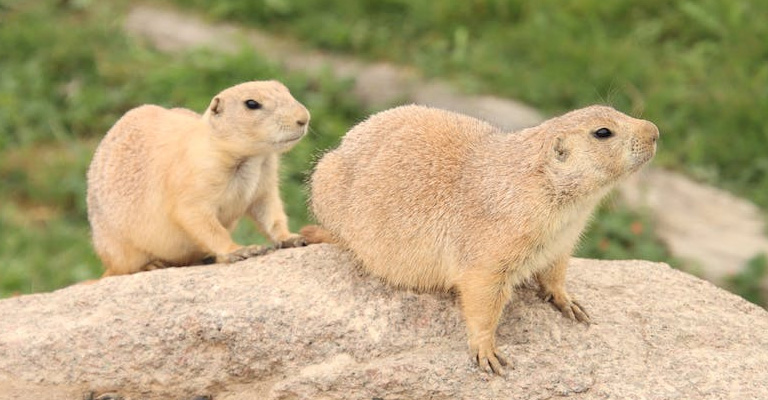
Rodents are another common prey for many eagles, especially those that live in grasslands or deserts, such as the golden eagle and the Philippine eagle.
Eagles hunt rodents by soaring over the terrain and diving on them when they spot them. They can carry rodents weighing up to a few pounds with their talons.
Birds

Birds are also part of the diet of many eagles, especially those that live in forests or mountains, such as the harpy eagle and the crowned eagle.
Eagles prey on birds ranging from small songbirds to large waterfowl, sometimes even other raptors. They can catch birds in mid-air or on the ground with their beaks and talons.
Reptiles
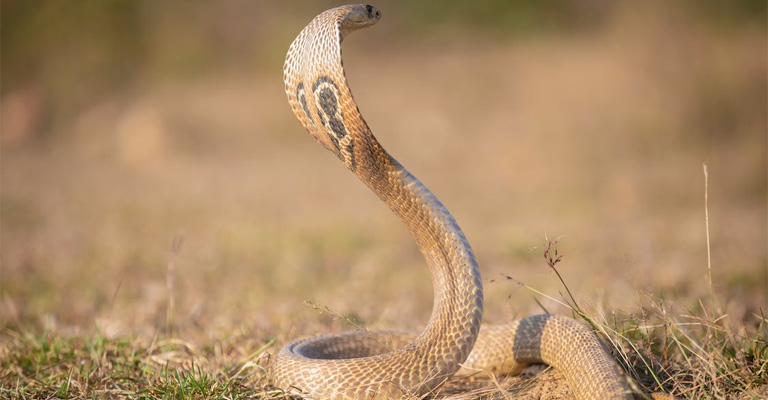
Reptiles are another food group that eagles eat, especially those that live in tropical or subtropical regions, such as the snake eagle and the bateleur.
Eagles feed on reptiles such as snakes, lizards, turtles, and crocodiles, crushing them with their powerful feet or tearing them apart with their beaks.
Insects
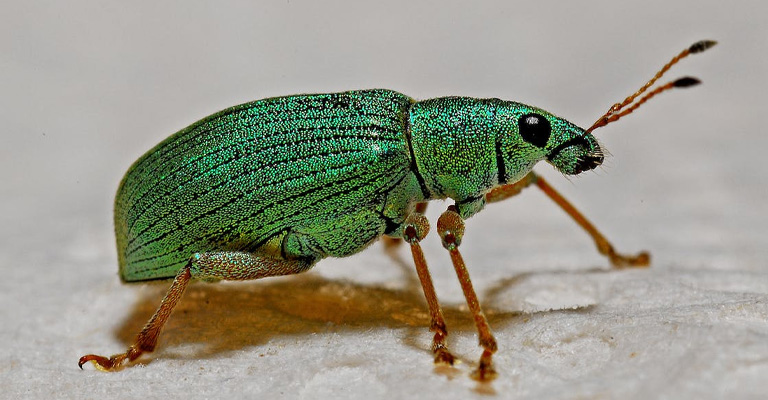
Insects are a minor but important food source for some eagles, especially those that live in arid or savanna regions, such as the tawny eagle and the martial eagle.
Eagles eat insects such as grasshoppers, beetles, termites, and ants, either by picking them off the ground or by catching them in flight.
Fruits

Fruits are a rare but occasional food source for some eagles, especially those that live in tropical or subtropical regions, such as the palm-nut vulture and the Madagascar fish eagle.
Eagles eat fruits such as palm nuts, figs, dates, and berries, either by plucking them from trees or by scavenging them from other animals.
Carrion
Carrion is the dead or decaying flesh of animals that have been killed by other predators or have died of natural causes.
Carrion is an easy and abundant food source for many eagles, especially during winter or when prey is scarce. Eagles may feed on carrion from animals such as deer, cattle, sheep, or fish.
Human Food Waste
Human food waste is another food source that some eagles may exploit, especially those that live near urban or agricultural areas, such as the white-tailed eagle and the white-bellied sea eagle.
Eagles may feed on human food waste such as garbage, scraps, or roadkill.
Other Eagles
Other eagles are a rare but possible food source for some eagles, especially those that are larger or more dominant than their rivals.
Eagles may feed on other eagles due to competition, aggression, or cannibalism. They may kill or scavenge other eagles of the same or different species.
These are some of the examples of what eagles eat.
FAQ
Eagles primarily hunt live prey like fish and mammals, making traditional bird feeder food inadequate.
Attracting eagles would require creating an environment that mimics their natural hunting grounds, such as a nearby water source for fish-eating species.
Living near bodies of water where eagles hunt, like rivers, lakes, or coastlines, increases the likelihood of spotting eagles.
Observing their behavior from a distance is more ethical than attempting to bring them to a feeder.
Yes, ethical concerns arise from altering the natural behavior of eagles. Eagles are apex predators, and their diet and behavior are intricately connected to the health of their ecosystems.
Attempting to attract them to feeders could disrupt these delicate ecosystems.
Yes, many countries have laws protecting eagles due to their conservation status. Altering their natural behavior or habitat might violate these regulations.
It’s important to research local laws and guidelines before attempting to attract eagles.
Appreciating eagles in their natural habitat, such as during their hunting or soaring flights, respects their role in the ecosystem.
Engage in wildlife viewing tours or visit protected areas known for eagle sightings to enjoy their majestic presence while ensuring their well-being and conservation.
Conclusion
The desire to witness eagles up close is a testament to their remarkable presence in the natural world. However, attempting to bring eagles to bird feeders demands a balance between admiration and responsible conservation.
While creating an inviting environment might increase the chances of an eagle visit, it’s crucial to remember that these birds are apex predators with specific dietary requirements.
Encouraging their presence should always prioritize their well-being, the safety of other wildlife, and respect for their natural behavior.
By focusing on the eagles’ conservation and understanding their ecological roles, we can continue to admire these magnificent creatures while safeguarding the delicate balance of our ecosystems.